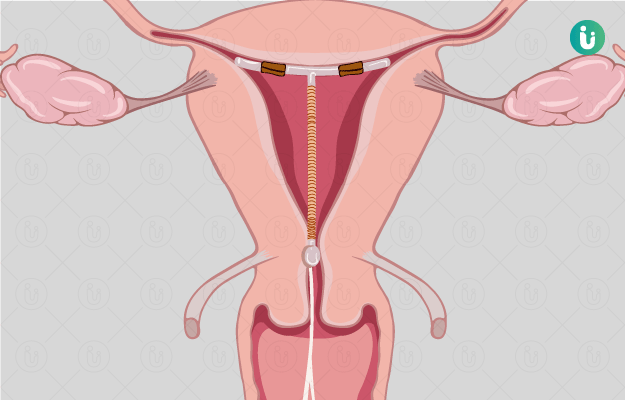Welcome to the 35th week of your pregnancy! You are in your eighth month of pregnancy and you can keep reminding yourself whenever you feel low that only five weeks are left till you give birth to your baby.
It must be exciting as well as nerve-racking that the delivery date is so close! By the 35th week, most women are ready with all their essential items and information regarding their recommended mode of delivery and the hospital set-up where that delivery will take place. If you have not done this yet, try to finalise all this as soon as you can.
Baby proofing your current home is absolutely necessary and all guidelines must strictly be followed to ensure you provide the best and safest possible home for your newborn.
The 35th week is an important one, as many unwanted situations could arise this week. Hence, all pregnant females must pay attention to and follow all the tips that their doctor has recommended till this point. This pregnancy and your baby should be your top priority this week with your job and household chores taking the second place. Partners should ensure that their pregnant wives are receiving adequate nourishment and hydration that their dietician (pregnancy diet) has advised.
For the rest, read on to know about the symptoms of pregnancy in the 35th week, your baby's size and development this week, potential complications to look out for and avoid and things to do this week.

































